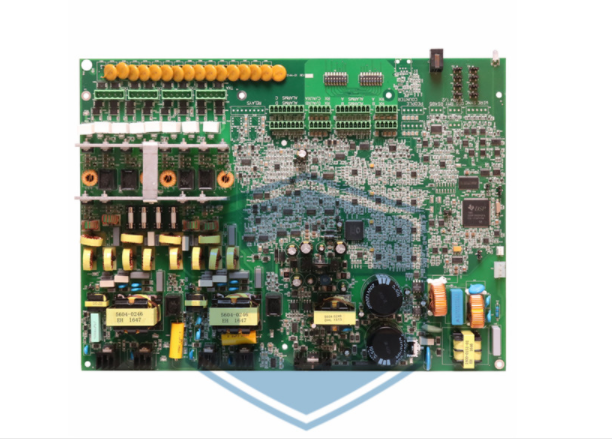
EAS antennas, sometimes called pedestals, are usually installed at store entrances. EAS tags and labels are attached to the merchandise to be protected. EAS antennas transmit and listen for signals on specific frequencies, and EAS tags or labels are detected and stored alerts activated when they pass between the antennas.
The above is a common method of detecting theft in stores. It effectively deters thieves. The two most common systems still in widespread use are AM (acoustic magnetic) and RF (radio frequency) systems. Retail chains typically use AM or RF technology in all of their stores.
AM systems are easy to install and use. They are reliable and resistant to radio or magnetic interference. They are popular among a variety of retailers, especially clothing stores. A wide variety of EAS tags exist and are used with AM systems for a variety of items. AM tags are a bit thick and not particularly flexible, so they are not suitable for food packaging and other items that require simple labeling.
RF systems, on the other hand, are more sensitive and require expert installation. If not set up ("tuned") correctly, they can be susceptible to false alarms. the biggest benefit of RF systems is that they can be used with very thin EAS tags, making them ideal for grocery stores, cosmetics stores or other retailers selling items where plastic EAS tags are too bulky.
8.2MHz Anti Theft Clothing Alarm Tags
When we say "EAS tags," we are referring to small devices made of plastic that are attached to protected merchandise. When we say "EAS tag," we mean a sticker or a very thin strip of plastic that hides the EAS circuitry and is attached to the item like any label.
In terms of function, there are several variants between tags. Some are simple and only trigger store alerts when they pass between EAS antennas at the door. Some are self-alerting, which means they can tell if someone is tampering with them or trying to remove them incorrectly. In this case, they send their own alerts, powered by an internal battery. These self-alerting tags are typically used on higher-priced items or items that are particularly vulnerable to theft.
When an item is purchased, the cashier removes the plastic EAS tag with the help of a remover that is usually installed at the cash register. The tags can be reused many times. Self-alerting ones (with internal batteries) usually have a life span of 2-3 years, while simpler, non-alerting ones can last for many years until they are physically damaged.
Tags, on the other hand, are not deleted, but rather deactivated. This is done via a deactivation pad at the cash register - the cashier simply waves the item over the pad and the EAS tag is deactivated. Sometimes price scanners have deactivation pads built in, so one action accomplishes two tasks - scanning the price and deactivating the EAS tag.
Anti Theft Barcode Labels For Supermarket Shoplifting
As technology continues to evolve, new form factors emerge and existing ones are improved. EAS systems can now also count the number of people entering and leaving a store, giving retailers an idea of footfall patterns in different locations. Some can be accessed remotely for diagnostics and adjustments, reducing the need to send service personnel to physical locations. With never-ending innovation, it is certain that EAS will continue to play an important role in loss prevention for many years to come.
Please contact us today for more info and we'll reply to you soon.

Basic Approach to Preventing Retail Business Losses
Apr. 16, 2022
What You Need to Know about EAS Security Tag Alerts
Apr. 06, 2022